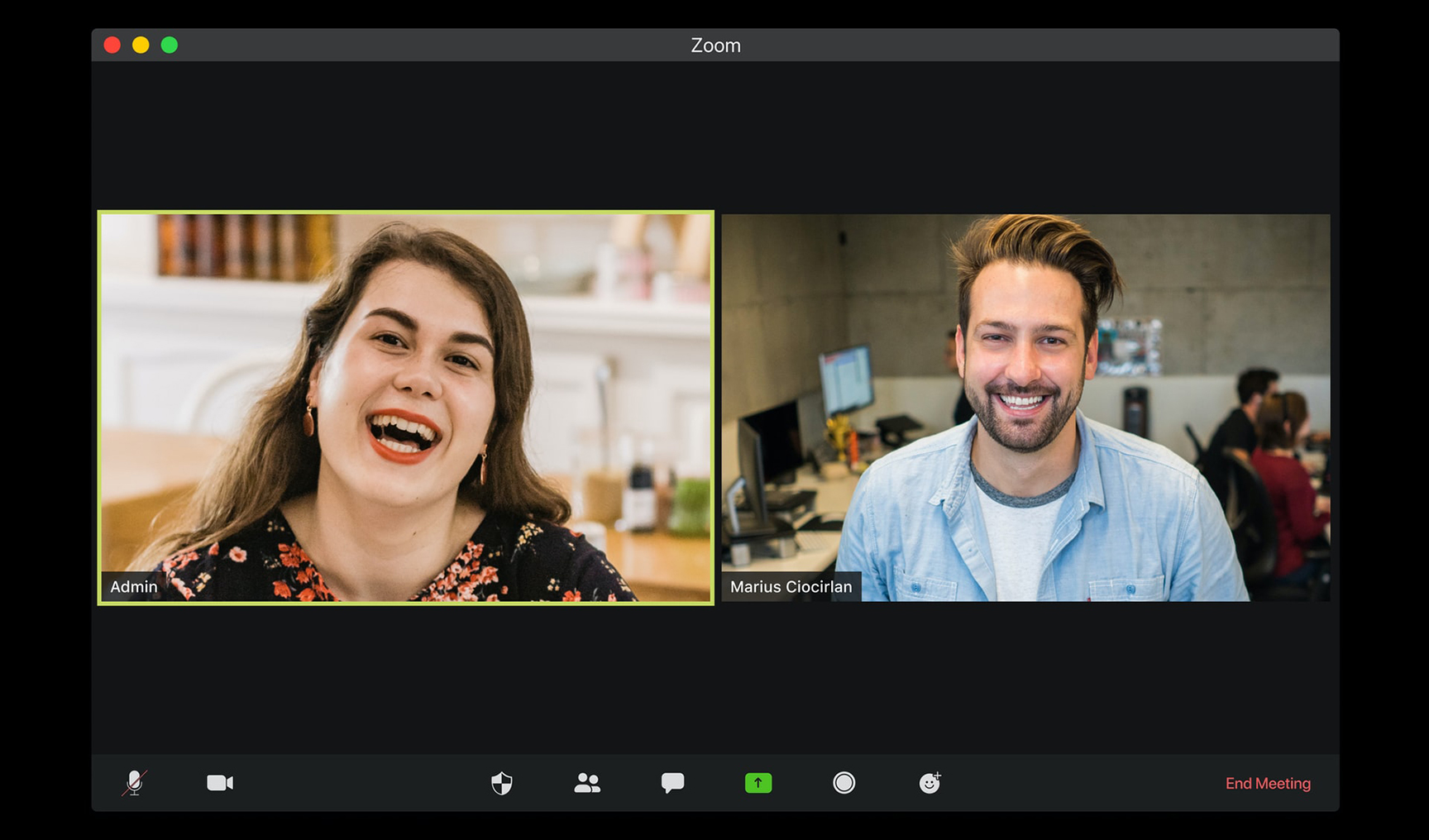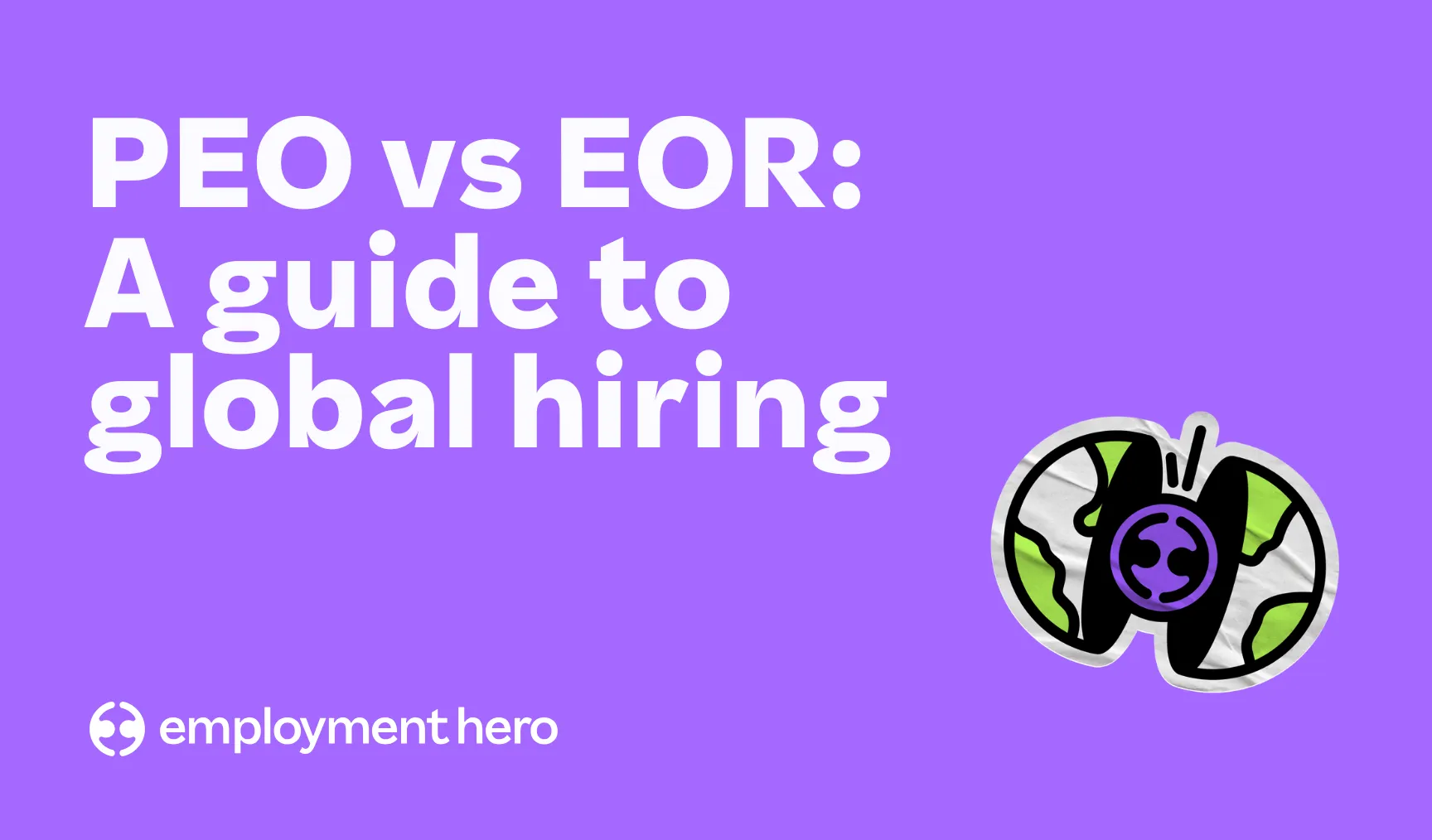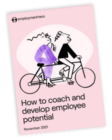What are 1:1s? One-on-one meetings explained
1:1s may seem like just another buzzword, but it’s so much more than that.

We often hear that internal communication is a pain point for businesses, so what if we told you that you could improve it with one simple yet effective management technique?
One-on-one meetings might be the very thing to take your company’s communication and alignment to the next level of performance. It may seem like just another buzzword, but it’s so much more than that. Implementing 1:1s can be the difference between building a good team and a great team. In fact, ongoing feedback is essential for employee development and allows team members to reach their full potential.
Ready to dive in and get up to speed with one-on-one chats? Keep reading as we go through our 1 to 1 meeting template.
What’s in the 1 to 1 meeting template?
- The foundations of internal communication
- Decoding 1:1s – what they are and why they matter
- How to run an effective 1:1
- The art of giving feedback
- Elevating engagement and career development
- The power of flexibility in 1:1s
What do the 1 to 1 templates include?
The 1 to 1 meeting template has editable sections that can be customised to your company’s needs.
It can be used as a meeting agenda, as it includes some sample questions you can ask during your next meeting with your team member.
These questions are focused on gauging employee engagement and probe further discussion to aid career development for your direct report.
What are 1:1s?
1:1s are a scheduled weekly or fortnightly catch-up that an employee has with their direct manager. This is time dedicated for the employee to talk through how their past week or fortnight has gone, as well as commit to things for the future.
Although there’s still structure to 1:1s, it’s an informal way to catch up. They empower accountability and trust and are a great way to discuss goals, engagement, career development and roadblocks.
Effective 1:1s contribute to all of the elements of improving employee performance. It allows for:
- A safe communication space
- Career discussions
- Linking to broader organisational goals
- Space to check-in
- Relationship building
- Idea sharing
- Listening
- Feedback
The 1:1 goes beyond an open door policy and dedicates time on a regular cadence for teammates and leaders to connect and communicate.
Why are 1:1s so important?
One-on-ones can strengthen the relationship between managers and their team, reduce turnover and increase productivity. For 1:1s to be as effective as possible, they should adhere to three key things:
- Scheduled
- Recurring
- Structured
Not only do one-on-ones serve to strengthen professional relationships, they contribute to improved communication and trust within the business, a great benefit for any workplace. By having a transparent relationship with your direct reports, you’ll be able to understand how they’re feeling and get an understanding of how they would like you to support them better.
Additionally, 1:1s aren’t just for determining roadblocks or challenges in the workplace. Use this time to find out if your direct reports are feeling happy, inspired and engaged with their work. This is important for managers for them to manage their direct reports effectively and put strategies in place if something requires attention.
How to run an effective 1:1
To run an effective 1:1, both parties need to be open and honest about communicating. If you prepare a few questions before the meeting, it can help guide your discussion and result in a productive outcome.
It’s recommended that you utilise a 1 to 1 meeting template to get the most out of your conversation. But some other tips for making it a productive conversation include:
- Have an agenda
- Ask questions
- Give constructive feedback
- Set goals and objectives
- Allow time for questions
- Send a recap of what was covered after the conversation
What questions should you ask in a 1:1?
It’s important to have a list of questions ready for your 1:1. It’s good practice to use a 1 to 1 meeting template with the questions outlined, which can be sent to your direct report ahead of time. This means both parties can come prepared, and you stay on track and get the most out of your session.
Some examples of questions you could in your 1:1 ask include:
- Rate your happiness on a scale of 1 to 10
- What are you proud of in the last week?
- What are your roadblocks right now?
- How are you progressing with your long-term goals? Have you made any progress this week?
- Are there any skills you would like to improve?
- How can I help you achieve your goals better?
- What are you committing to next week to progress your goals?
The benefits of 1:1s
One-on-ones can have a huge impact on individuals and overall team dynamics. Here are some of the key benefits of conducting regular 1:1s.
Improved communication
1:1s provide a dedicated space for open and honest communication between a manager and their team members. This fosters transparency, trust and a deeper understanding of each other’s perspectives, leading to better collaboration and a smoother workflow.
Increased employee engagement
Regular 1:1s demonstrate that managers value their team members’ input and well-being. This sense of support and attention to individual needs can significantly boost employee engagement and job satisfaction.
Enhanced productivity
By addressing challenges, roadblocks and concerns on time, 1:1s help remove obstacles that might hinder productivity. They also serve as a platform for setting clear goals, aligning expectations and providing the necessary resources for success.
Building trust and professional relationships
The confidential and supportive environment of 1:1s encourages team members to share their thoughts, concerns and aspirations openly. This builds trust between managers and employees, fostering stronger professional relationships and loyalty to the organisation.
Career development and growth opportunities
1:1s offer a dedicated forum to discuss career aspirations, skills development and advancement opportunities. This proactive approach to career growth empowers employees to take charge of their professional development and helps keep valuable talent within the organisation.
Real-time feedback
1:1s facilitate ongoing feedback, enabling managers to provide timely guidance and recognition for accomplishments. Constructive feedback, when given promptly, helps employees make the necessary adjustments and improve their performance.
Alignment with organisational goals
During 1:1s, managers can make sure that their team members’ efforts align with the broader objectives of the organisation. This ensures everyone is working towards common goals, driving the overall success of the company.
Effective problem-solving
1:1s offer a platform to address and resolve issues, conflicts and concerns before they escalate. Managers can work collaboratively with team members to find effective solutions and prevent potential challenges.
Employee well-being
By actively listening to team members’ well-being and stress levels, managers can identify signs of burnout and take necessary measures to support their employees’ work-life balance and overall well-being.
Continuous improvement
The flexibility and adaptability of 1:1s allows for ongoing improvement in communication styles, meeting formats and approaches to addressing individual needs. This iterative process makes sure that 1:1 meetings remain relevant and effective over time.
Employment Hero is here to help
Embrace the potential of 1:1s to transform your team and drive business success with our 1 to 1 meeting template. By implementing strong internal communication, you’ll nurture engaged employees, boost productivity and foster a thriving workplace culture.
Employment Hero can do much more than simply supercharge your one-on-one meetings. Our next-gen all-in-one hiring and payroll platform helps businesses to streamline and automate their processes. Offering everything your business needs, from finding and hiring top talent using SmartMatch, seamlessly onboarding new hires, automating complex payroll, and driving employee engagement.
Interested in learning more about how the Employment Hero platform could help you to spend less time worrying about admin and more time focusing on your people? Talk to one of our specialists today.
Related Resources
-
 Read more: Setting employee expectations: Your guide to getting it right
Read more: Setting employee expectations: Your guide to getting it rightSetting employee expectations: Your guide to getting it right
Learn how to set clear employee expectations to boost productivity and engagement. Discover actionable tips and strategies for leadership success.
-
 Read more: PEO vs. EOR: A guide to global hiring
Read more: PEO vs. EOR: A guide to global hiringPEO vs. EOR: A guide to global hiring
Contents Expanding your business into new markets is a powerful growth strategy. But hiring talent globally introduces a maze of…
-
 Read more: How to build a global team without a local entity
Read more: How to build a global team without a local entityHow to build a global team without a local entity
Learn how to streamline your hiring and expand your UK business globally with an Employer of Record (EOR) without the…





















